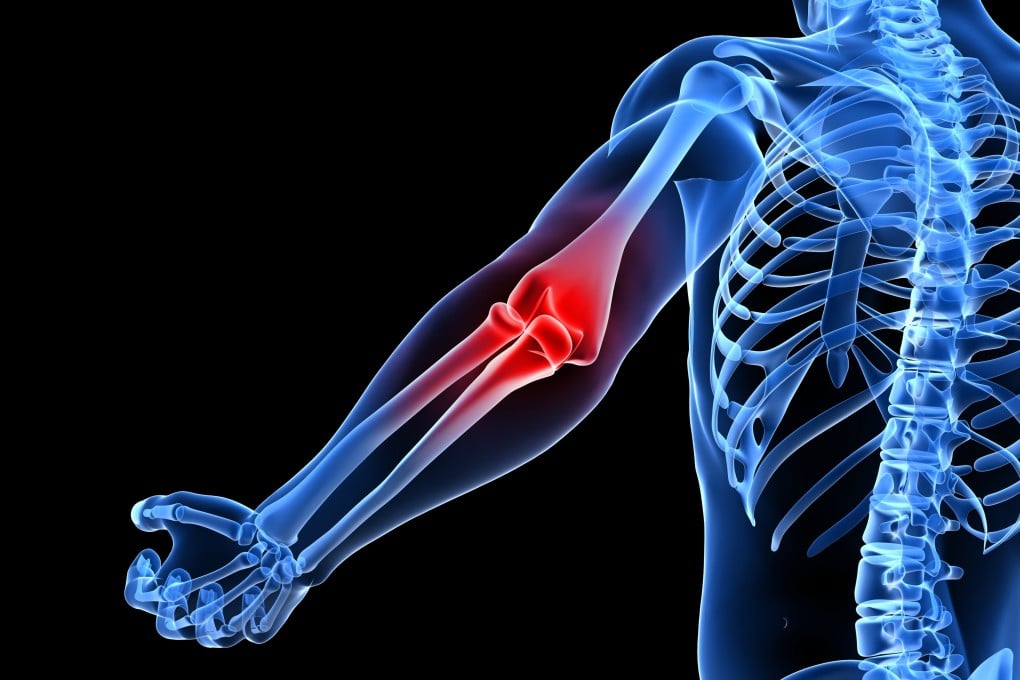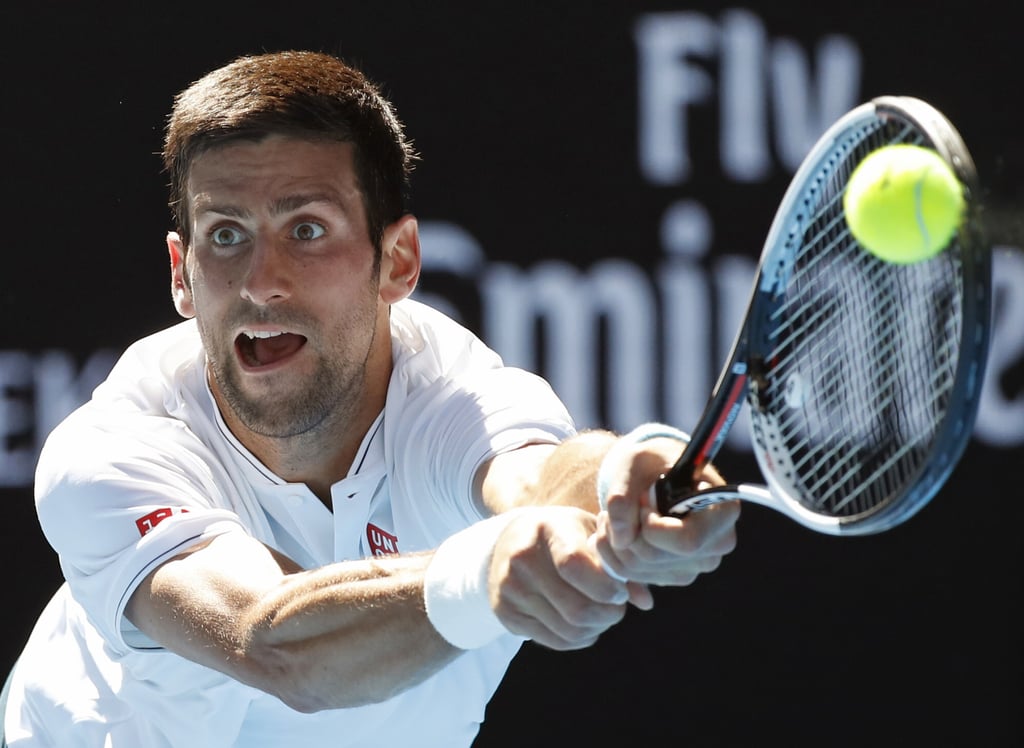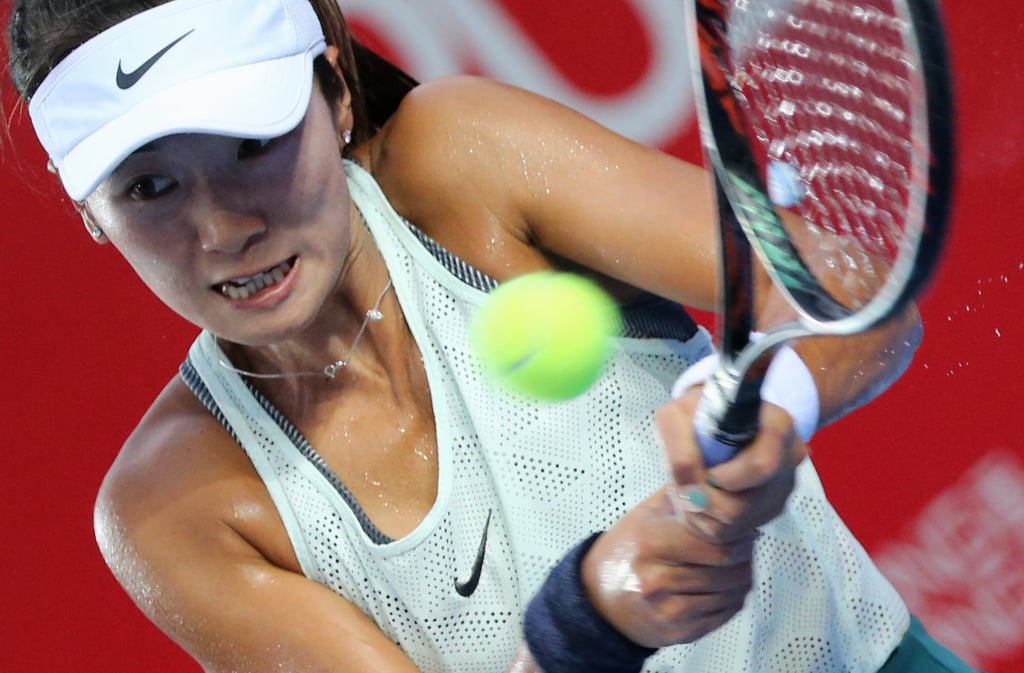Explainer | Facts about the elbow: how to avoid tennis elbow, why it’s called the funny bone and where ‘elbows off the table’ came from
- Doctors explain what can go wrong with the vital, sensitive joint, how to prevent tennis elbow and how it is treated, and one activity you really should avoid
- We explain why it’s called the funny bone and why we can’t lick our own elbows, and explore the origin of the adage that elbows should be kept off the table

You might not give it a second thought – unless you’ve hurt it – but the elbow is one of our body’s major joints. It allows us to carry out several everyday actions, such as rotating the hand or lifting an object.
Involving three major bones and many ligaments and tendons, the elbow is prone to injury. We consider how to care for the joint, whether it is only tennis players who suffer tennis elbow, why it’s called the funny bone and why we’re not supposed to put ours on the dinner table.

The elbow is where the humerus, which runs from the shoulder, meets the radius and ulna bones in the forearm. These bones are held together by tendons and ligaments, the most important being the ulnar collateral ligament (UCL) and the radial collateral ligament (RCL). The UCL connects the three bones and the RCL is on the outside of the elbow and prevents overextension.
Another important part of the elbow is the ulnar nerve – commonly known as the funny bone. The origin of this phrase is uncertain; it could be a play on the word humerus, or because of the “funny” sensation we get from hitting the nerve – a mixture of pain and a tingling sensation that extends to the fingertips.

The ulnar nerve runs from the spine to the shoulder and down to the fingers, and is protected most of the way by bones and muscles.